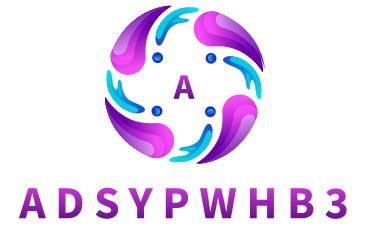How to Use Correlation in Currency Pairs for Prop Trading Success

When we talk about prop trading then understanding currency pair correlations can be very beneficial for your trading journey. Prop firms provide traders the capital that traders must have to protect while giving firms profit as well. To maintain this profit it is important for traders to choose the best things that make their trading career successful. If you know the way currency pairs move in relation to each other then you’ll have a powerful tool to manage risk, optimize trades, and increase your overall profitability. But having correlation is not enough because it’s like a tool. The important thing is to know how to use it properly. So, let’s see in detail the way that actually makes sense and doesn’t just feel like another boring textbook explanation.
What Is Currency Correlation, and Why Should You Care?
Correlation in forex refers to how two currency pairs move in relation to each other. Some pairs move together in a positive correlation while others move in opposite directions and form negative correlation. When you know these relationships then it helps traders to avoid unnecessary risks and find smarter trade opportunities. Correlation has different types including:
- Positive Correlation (+1 to 0.5): When one currency pair moves up then the other tends to follow suit. Think EUR/USD and GBP/USD.
- Negative Correlation (-1 to -0.5): When one pair goes up then the other tends to drop. A classic example? EUR/USD and USD/CHF.
- Weak or No Correlation (0.5 to -0.5): There’s little to no consistent relationship between the pairs making them mostly independent.
So, why should you care? Because correlation can make or break your risk management strategy that is not acceptable in prop firms. If you’re not paying attention then you might accidentally double your exposure on a trade or worse. Try to hedge yourself into a no-profit zone.
How to Use Correlation in Your Trading Strategy
Now let’s see how do you actually use correlation to your advantage? Let’s see in detail.
Avoid Overleveraging Through Hidden Exposure
One of the biggest mistakes traders make is taking multiple positions without realizing they’re essentially the same trade. For example, if you’re long on both EUR/USD and GBP/USD then you’re basically doubling down on USD weakness. If the dollar strengthens then you’re taking a double hit.
How to fix it:
- Check correlation tables or use a forex correlation calculator.
- Diversify across non-correlated pairs to avoid excessive risk in one direction.
Hedging Without Cancelling Out Profits
Hedging is a solid strategy but only if you do it right. On highly linked pairings, you simply cancel yourself out and lose precious trading capital if you hold opposing positions.
Example:
- Going long on EUR/USD and short on GBP/USD might not be the best move since they often move in the same direction. You could end up with little to no net movement.
- Instead, try shorting USD/CHF while going long on EUR/USD. Since they have a negative correlation then this acts as a more effective hedge.
Stacking the Odds in Your Favor with Correlated Signals
You can use correlations to confirm trade setups. Let’s say you see a bullish signal on EUR/USD. If GBP/USD is positively correlated then it is also showing similar strength that adds confidence to your trade.
How to implement this:
- Find confluence which indicates that your trade setup has further confirmation if several associated pairings are moving in the same direction.
- For more powerful entrances, combine correlation with other indicators such as moving averages, RSI, or price action patterns.
Managing Risk with Position Sizing
If you’re trading multiple pairs that have a strong correlation then you need to adjust your position sizes accordingly. Taking full-size positions on multiple positively correlated pairs is essentially increasing your risk exposure without realizing it.
Quick tip:
- Reduce your lot sizes when trading correlated pairs simultaneously to manage overall risk.
- If pairs are strongly correlated then treat them as a single trade rather than separate ones.
Common Currency Pair Correlations You Should Know
Some of the most commonly correlated currency pairs that you should know about them:
- EUR/USD & GBP/USD – Both tend to move in the same direction since they often react similarly to USD movements.
- EUR/USD & USD/CHF – The Swiss franc tends to move in the opposite direction of the euro and makes it a good hedge.
- AUD/USD & NZD/USD – Since Australia and New Zealand have closely linked economies then their currencies often move together.
- USD/JPY & Gold – When gold rises then USD/JPY often falls as the yen is considered a safe-haven currency.
Knowing these correlations can help you plan smarter trades and avoid unnecessary exposure.





